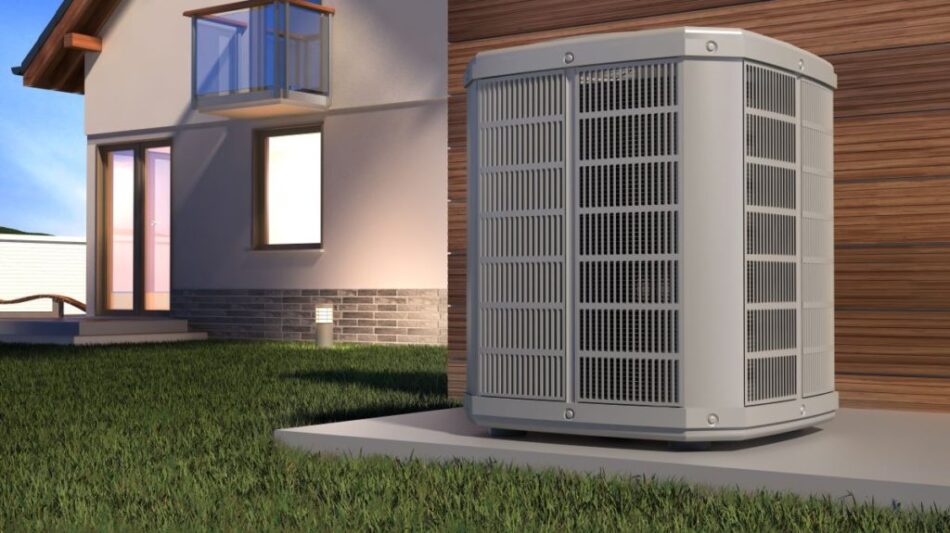Central air conditioning systems have revolutionized the way we cool our homes and commercial spaces. Gone are the days of relying on individual air conditioners or fans in each room. Central air conditioning provides a comprehensive cooling solution that ensures consistent comfort throughout the entire space.
In this article, we will explore the benefits, components, and working principles of central air conditioning, highlighting its impact on modern living.
Efficient Cooling for the Entire Space
One of the primary advantages of central air conditioning is its ability to cool the entire living or working space efficiently.
By using a network of air ducts, the system distributes cool air evenly to every room, eliminating temperature variations and ensuring a comfortable environment throughout. This uniform cooling is particularly beneficial in large buildings or multi-story homes where individual cooling units may not be sufficient.
Improved Indoor Air Quality
Central air conditioning systems incorporate air filters that help improve indoor air quality by removing dust, pollen, allergens, and other airborne particles. These filters capture contaminants, preventing them from circulating throughout the building.
Consequently, central air conditioning can significantly benefit individuals with allergies or respiratory conditions by creating a healthier and more breathable environment.
Convenience and Simplified Control
With central air conditioning, controlling the temperature becomes as simple as adjusting a thermostat. Gone are the days of manually changing settings on multiple individual units.
Central systems offer convenient control options, allowing users to set desired temperatures for different zones or rooms, schedule cooling periods, and even control the system remotely through smart devices. This level of automation and control adds convenience to our modern lifestyles.
Energy Efficiency and Cost Savings
Central air conditioning systems are designed with energy efficiency in mind. They employ advanced technologies, such as variable-speed motors, programmable thermostats, and zoning capabilities, to optimize energy usage.
By cooling only the rooms or zones that are occupied, energy wastage is minimized, resulting in significant cost savings over time. Moreover, central systems often come with high SEER (Seasonal Energy Efficiency Ratio) ratings, indicating their ability to deliver cooling efficiently.
Reduced Noise Levels
Compared to individual air conditioning units, central air conditioning systems are quieter. The condenser unit, responsible for cooling and compressing the refrigerant, is typically placed outside the building, reducing noise levels inside. This feature is particularly advantageous in residential settings, where peaceful and quiet surroundings are essential.
Flexibility and Integration
Central air conditioning systems can be seamlessly integrated with existing heating systems, such as furnaces or heat pumps. This allows for year-round comfort control, as the same network of ducts can distribute both heated and cooled air.
Additionally, advancements in technology have enabled central systems to be more flexible, accommodating different building layouts and architectural designs.
Conclusion
Central air conditioning has transformed the way we cool our homes and workplaces, offering enhanced comfort, energy efficiency, and control. Its ability to provide uniform cooling, improve indoor air quality, and reduce energy consumption make it an indispensable asset in modern living.
As technology continues to advance, central air conditioning systems are expected to become even more efficient, sustainable, and seamlessly integrated into our everyday lives.


